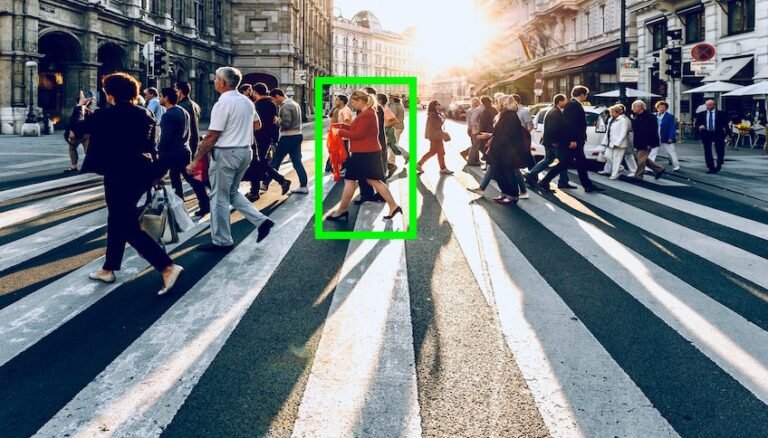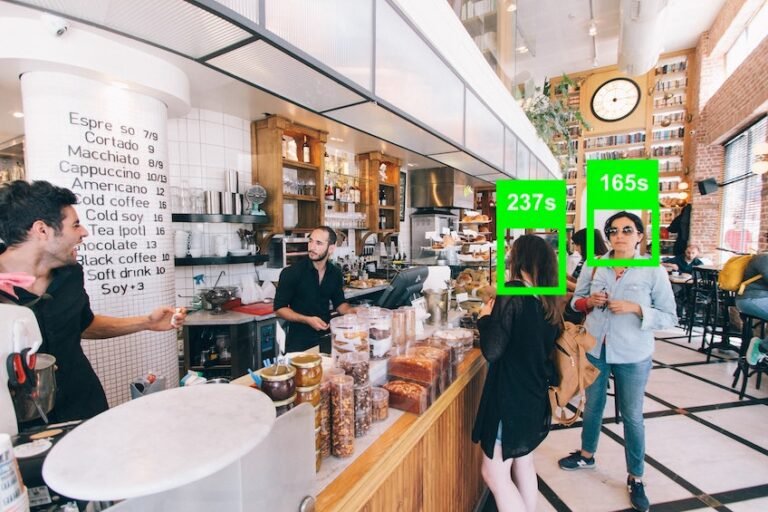
Modern surveillance systems powered by computer vision, consisting of cameras monitoring the areas of interest for 24h/7, both indoor as well as outdoor, are great sources of data. People moving within the monitored areas can be observed and recorded for many reasons, such as commercial analysis, research or statistics. As human inspection of the live or recorded video material seems ineffective and costly, the automated object detection algorithms appear as an attractive alternative.
A human detection model trained to recognize people in the given environment can handle a real-time continuous analysis of the camera output and deliver data on human count, area occupancy or tracking individuals. Such data pipeline can later be easily used for further processing to provide valuable insights on human behaviour within the observed area. We describe a bunch of use cases, where such an automated human traffic analysis can provide information on the observed environment.

If you want to know the number of daily visitors or the average occupancy in your store you can use a camera above the entrance(s) to register all events of customers entering or exiting your location. Such visual counter can prove to be more accurate than sensor-based solutions, which might be prone to errors due to people moving in groups.
Apart from simple people counting, computer vision algorithms might be also applied to track the detected objects throughout the scene. Tracking can be realized on a single camera view or even between cameras if additionally the re-identification of objects is supported. This enables the system to track people’s paths in the environment (e.g. in a store, restaurant, mall or outdoor areas, like pavements and streets). Apart from the path history, the algorithm additionally can measure the time of appearance and use it to compute valuable metrics, such as (average) waiting time or speed of service.

Another useful output from automated human detection algorithms is a heatmap, a layout of the scene with additional visualisation layer made of different colors, depending on the frequency of people detection in a respective spot. Heatmaps provide a valuable insight of human traffic analysis. One can easily identify common paths, points of interest and bottlenecks.
